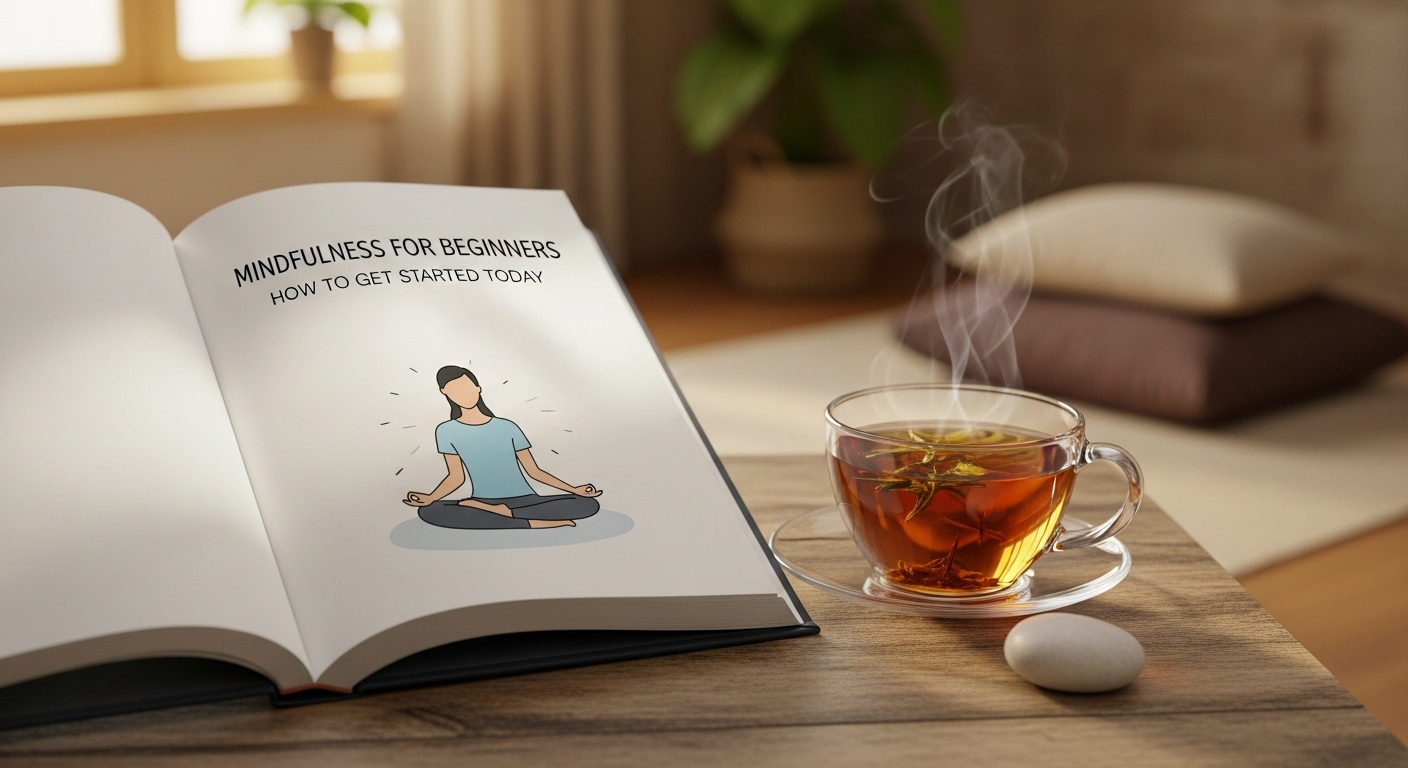Mindfulness for Beginners: How to Get Started Today
Mindfulness for Beginners: How to Get Started Today
Mindfulness has become a popular term in recent years, but at its core, it’s a simple and powerful practice that can transform the way you experience daily life. Whether you’re seeking stress relief, focus, or a deeper sense of presence, mindfulness is an excellent place to start.
What Is Mindfulness?
Mindfulness is the practice of being fully present in the moment — aware of your thoughts, feelings, and surroundings without judgment. It’s about observing rather than reacting, noticing rather than controlling. By doing so, you can create space between yourself and your automatic responses, leading to more intentional actions and calmer emotions.
The Benefits of Mindfulness
Research shows that mindfulness can reduce anxiety, lower stress, improve concentration, and even enhance emotional intelligence. Regular practice strengthens the connection between your mind and body, allowing you to respond to challenges with greater clarity and resilience.
Some key benefits include:
-
Reduced stress and anxiety
-
Improved sleep quality
-
Better emotional regulation
-
Enhanced focus and productivity
-
Increased self-awareness and compassion
How to Start Practicing Mindfulness
Starting mindfulness doesn’t require any special equipment or prior experience. Here are some simple ways to begin:
1. Start With Your Breath
Take a few minutes each day to focus on your breathing. Notice how the air moves in and out of your lungs. When your mind wanders — and it will — gently guide it back to your breath.
2. Practice Mindful Observation
Pick an object in your environment — a cup of tea, a tree, or a candle flame — and study it closely. Notice its color, shape, and texture. This helps train your brain to slow down and truly observe.
3. Do a Body Scan
Lie down or sit comfortably and bring your attention to each part of your body, from your toes to your head. Notice any tension or sensations without trying to change them.
4. Incorporate Mindfulness Into Daily Activities
You can be mindful while walking, eating, or even washing dishes. The goal is to bring full attention to whatever you’re doing, without multitasking or judgment.
Common Challenges and How to Overcome Them
At first, mindfulness may feel frustrating — your mind might wander constantly. That’s normal. The point isn’t to stop thinking but to notice when your attention drifts and gently return it. Like any skill, it improves with consistent practice.
If you struggle to focus, try guided meditations through apps like Headspace, Calm, or YouTube. These can provide structure and encouragement as you build the habit.
Final Thoughts
Mindfulness is not about changing who you are — it’s about becoming more aware of who you already are. Even a few minutes of daily practice can make a noticeable difference. So, start small, stay consistent, and watch as your awareness — and calm — begins to grow.

